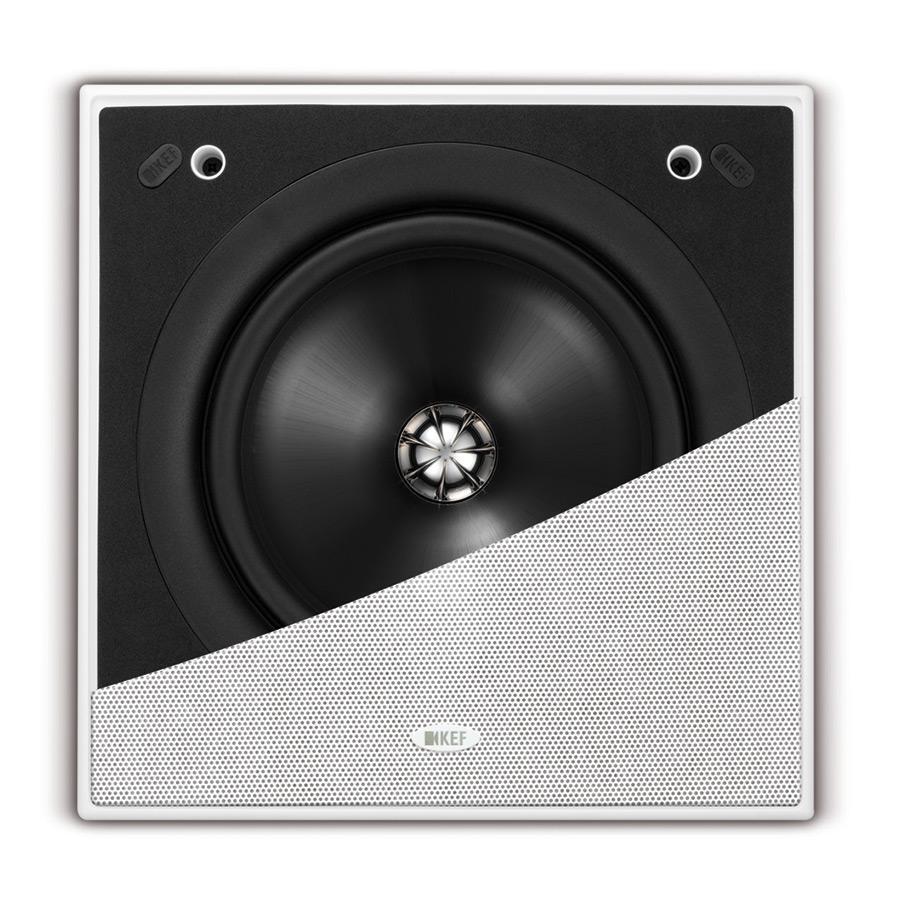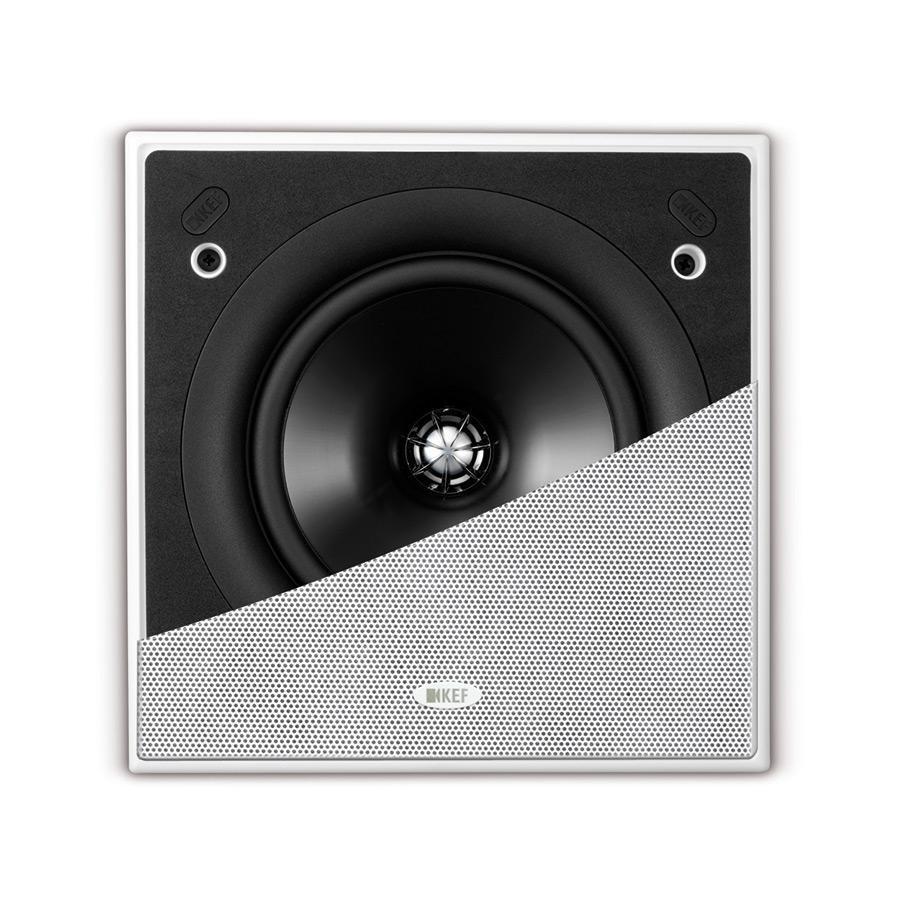- Joined
- Jun 5, 2016
- Messages
- 3,014
- Likes
- 5,027
I'm a little less excited by this one than some others. Yes, it's cheap and has some angle to it, and there are clearly more expensive alternatives that are worse. However, the directivity isn't where I think it needs to be for the use case I care about (height speakers in an immersive system with an emphasis on multichannel audio). I guess the problem is, when is somebody going to release a good ceiling speaker (angled baffles, smooth horizontal and vertical directivity; I'll give it a pass on axial FR if directivity is good, because EQ is expected in such systems) for "normal people" money instead of kilobucks?
I wish Monolith would take this one but use the coax from their new little mini-speaker set in a closed chamber, and add a decent black-coned woofer. The format is how a ceiling speaker should be designed, but it's very odd the midrange is not enclosed and the yellow woofer looks like it shows through the grille in pictures.
I wish Monolith would take this one but use the coax from their new little mini-speaker set in a closed chamber, and add a decent black-coned woofer. The format is how a ceiling speaker should be designed, but it's very odd the midrange is not enclosed and the yellow woofer looks like it shows through the grille in pictures.


